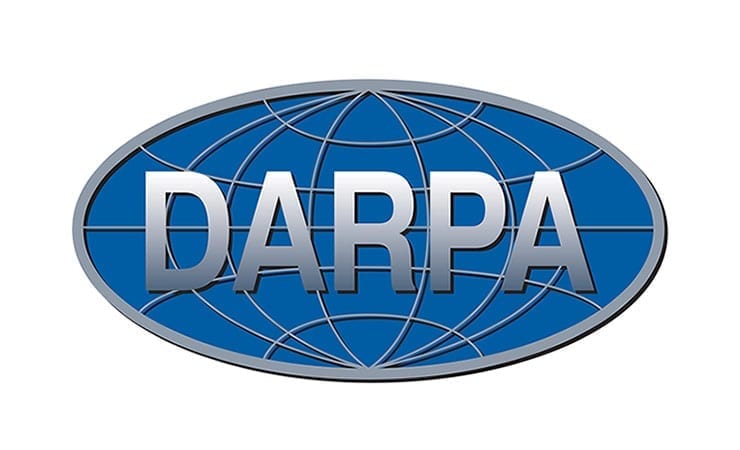The Defense Advanced Research Projects Agency (DARPA) is soliciting innovative research proposals for revolutionary portable neutron sources for infield sensing, detection, and imaging.
The Intense and Compact Neutron Sources (ICONS) Program in DARPA’s Defense Sciences Office (DSO) is seeking innovative ideas and novel approaches to achieve revolutionary increases in neutron source intensity and reductions in device size, weight, and power (SWaP) for in-the-field neutron radiography and analytical techniques.
Although current neutron source intensities are adequate for rapid, high resolution imaging, the large infrastructure required to achieve these intensities limits their applications. Achieving these neutron intensities in an expeditionary package will enable concepts-of-operations (CONOPS) that are currently infeasible due to SWaP constraints.
While source intensity is only one aspect of the performance of a complete neutron analytical capability, achieving orders-of-magnitude improvements in portable neutron source intensities remains critical for widespread neutron imaging and analysis.
It is envisioned that these significant advances in neutron output versus system SWaP will be transformative for specialized portable neutron sensing CONOPS in addition to portable neutron radiography.
DARPA seeks innovative ideas for both isotropic and directional neutron sources that will allow orders-of-magnitude reductions in SWaP, while maintaining the intensities required for practical sensing timeframes and feature resolution. Achieving these goals within the timescale of the ICONS Program will require the parallel development of source component technologies, as well as the integration and optimization of these components within prototype systems.
These component technologies are likely to range from but are not limited to:
- Innovative, highly efficient ion sources
- Novel, high voltage, high gradient insulation and power supplies based on new multi-function materials
- High yield fusion targets able to handle high power densities
It is expected that new ion and plasma technologies, multi-function materials, and design approaches might be required to meet the aggressive system and associated component metrics of this program.
Initially, the program will primarily develop and demonstrate the components required for these prototypes under defined source architectures. The latter half of the program will focus on refinement and integration of these components into the desired prototypes. Program success will demonstrate a path towards robust, field-able neutron sources for defense, industrial, and scientific applications, as well as the development of transformational technologies and design optimization techniques.
By the end of the three-year program, ICONS aims to demonstrate two highly portable prototypes at technological readiness level1 (TRL) of 5, capable of high resolution neutron radiography on timescales of 10s of minutes: a tool-box size isotropic source; and a human-portable directional neutron source.
The deadline for initial abstracts is October 9, 2014. A Proposers’ Day will be held on October 23, 2014. Further details are available under Solicitation Number: DARPA-BAA-14-62.



